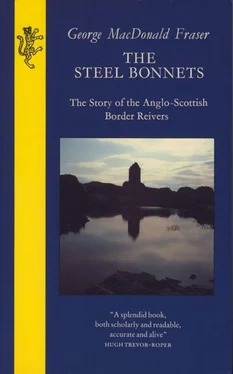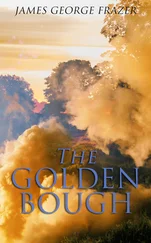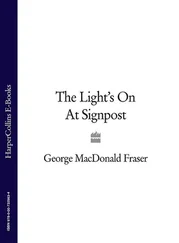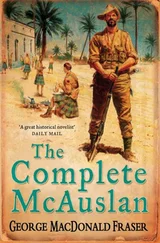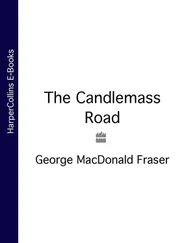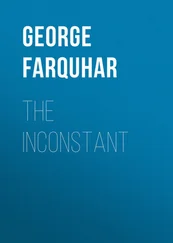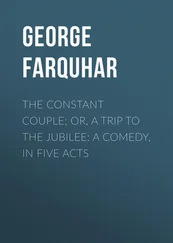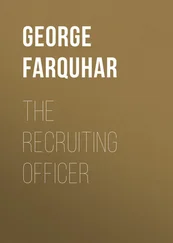George Fraser - The Steel Bonnets
Здесь есть возможность читать онлайн «George Fraser - The Steel Bonnets» — ознакомительный отрывок электронной книги совершенно бесплатно, а после прочтения отрывка купить полную версию. В некоторых случаях можно слушать аудио, скачать через торрент в формате fb2 и присутствует краткое содержание. Жанр: unrecognised, на английском языке. Описание произведения, (предисловие) а так же отзывы посетителей доступны на портале библиотеки ЛибКат.
- Название:The Steel Bonnets
- Автор:
- Жанр:
- Год:неизвестен
- ISBN:нет данных
- Рейтинг книги:4 / 5. Голосов: 1
-
Избранное:Добавить в избранное
- Отзывы:
-
Ваша оценка:
- 80
- 1
- 2
- 3
- 4
- 5
The Steel Bonnets: краткое содержание, описание и аннотация
Предлагаем к чтению аннотацию, описание, краткое содержание или предисловие (зависит от того, что написал сам автор книги «The Steel Bonnets»). Если вы не нашли необходимую информацию о книге — напишите в комментариях, мы постараемся отыскать её.
The Steel Bonnets — читать онлайн ознакомительный отрывок
Ниже представлен текст книги, разбитый по страницам. Система сохранения места последней прочитанной страницы, позволяет с удобством читать онлайн бесплатно книгу «The Steel Bonnets», без необходимости каждый раз заново искать на чём Вы остановились. Поставьте закладку, и сможете в любой момент перейти на страницу, на которой закончили чтение.
Интервал:
Закладка:
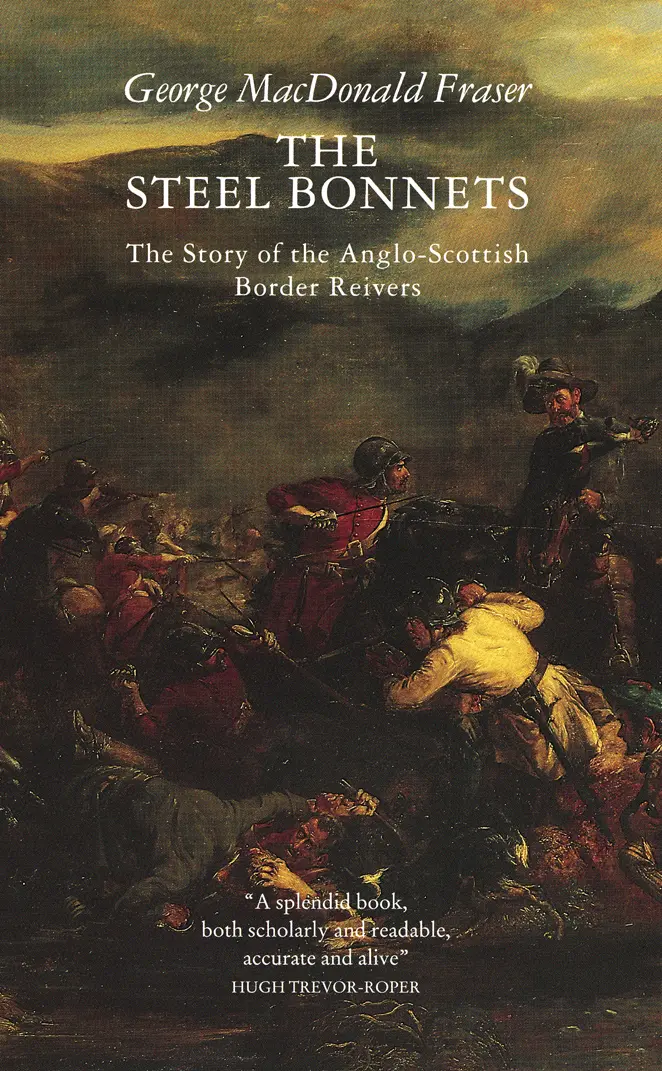
George MacDonald Fraser
THE STEEL BONNETS
The Story of the Anglo-Scottish Border Reivers
“If Jesus Christ were emongest
them, they would deceave him,
if he woulde heere, trust and
followe theire wicked councells!”
RICHARD FENWICK 1597

COPYRIGHT
HarperCollins Publishers 1 London Bridge, London SE1 9GF
www.harpercollins.co.uk
Previously published in trade paperback by Harvill 1989
Reprinted five times
First published by Harvill 1986
First published in Great Britain by
Barrie &Jenkins 1971
Copyright © George MacDonald Fraser 1971
The Author asserts the moral right to
be identified as the author of this work
A catalogue record for this book is
available from the British Library
All rights reserved under International and Pan-American Copyright Conventions. By payment of the required fees, you have been granted the nonexclusive, nontransferable right to access and read the text of this e-book on-screen. No part of this text may be reproduced, transmitted, downloaded, decompiled, reverse engineered, or stored in or introduced into any information storage and retrieval system, in any form or by any means, whether electronic or mechanical, now known or hereinafter invented, without the express written permission of HarperCollins e-books.
Ebook Edition © JUNE 2012 ISBN 9780007474288
Version: 2018-01-16
HarperCollinsPublishers has made every reasonable effort to ensure that any picture content and written content in this ebook has been included or removed in accordance with the contractual and technological constraints in operation at the time of publication.
DEDICATION
In memory of
Corporal IKE BLAKELEY
of the Border Regiment, killed
by a Japanese sniper at Kinde Wood,
Central Burma, 1945, and for
BOB GRAHAM and SLIM IRVINE
wounded in the same action.
MAPS
The Border Clans

CONTENTS
Cover
Title Page
Dedication
Maps
Introduction: The Border Reivers
Part One: THE MAKING OF A FRONTIER
I: Hadrian draws the line
II: The moving boundaries
III: England v. Scotland, 1286–1500
Part Two: PEOPLE OF THE MARCHES
IV: Border country
V: “A martial kind of men”
VI: Food and shelter
VII: The riding surnames
VIII: Hands across the Border
IX: Bangtail and company
X: The game and the song
Part Three: “SHAKE LOOSE THE BORDER”
XI: Lance and steel bonnet
XII: How the reivers rode
XIII: Nothing too hot or too heavy
XIV: A parcel of rogues (William Armstrong of Kinmont, Walter Scott of Harden, Geordie Burn)
XV: Carleton’s raid
XVI: Hot trod and red hand
XVII: The ability to kill
XVIII: The Wardens of the Marches
XIX: Leges Marchiarum
XX: Days of truce
XXI: The unblessed hand (Maxwells v. Johnstones, Grahams v. Irvines, Kerrs v. Scotts, Scotts v. Elliots, Selbys v. Grays)
XXII: Terror, blackmail, kidnapping and “decaie”
XXIII: “Fyre and sword upon Tuesday next”
Part Four: THE LONG GOOD-NIGHT, 1503–1603
XXIV: Flodden and after. Biographical note on Thomas Dacre
XXV: The Devil, and Lord Angus
XXVI: Armstrongs in action
XXVII: A rope for Black Jock
XXVIII: The violent peace
XXIX: The road to Solway Moss. Note on the prisoners of Solway Moss
XXX: The rough wooing
XXXI: Wharton and Maxwell
XXXII: England’s grip broken
XXXIII: The Debateable Land
XXXIV: The women’s touch
XXXV: Queen on the Marches
XXXVI: The Countess and the reivers
XXXVII: The last armies
XXXVIII: Reidswire and Windygyle
XXXIX: The stirring world of Robert Carey
XL: “Fyrebrande”
XLI: Lances to Carlisle
XLII: The Carleton Brothers
Part Five: THE MIDDLE SHIRES
XLIII: Carey’s ride
XLIV: Breaking the Border
XLV: Malefactors of the name of Graham
XLVI: The thieves dauntoned
XLVII: After the riding
Appendix I: The Archbishop of Glasgow’s “Monition of Cursing” against the Border reivers
Appendix II: The ballad of Kinmont Willie
Bibliography
Glossary
Index
Acknowledgements
About the Author
By the Same Author
Copyright
About the Publisher
INTRODUCTION
The Border Reivers
At one moment when President Richard Nixon was taking part in his inauguration ceremony, he appeared flanked by Lyndon Johnson and Billy Graham. To anyone familiar with Border history it was one of those historical coincidences which send a little shudder through the mind: in that moment, thousands of miles and centuries in time away from the Debateable Land, the threads came together again; the descendants of three notable Anglo-Scottish Border tribes—families who lived and fought within a few miles of each other on the West Marches in Queen Elizabeth’s time—were standing side by side, and it took very little effort of the imagination to replace the custom-made suits with leather jacks or backs-and-breasts. Only a political commentator would be tactless enough to pursue the resemblance to Border reivers beyond the physical, but there the similarity is strong.
Lyndon Johnson’s is a face and figure that everyone in Dumfriesshire knows; the lined, leathery Northern head and rangy, rather loose-jointed frame belong to one of the commonest Border types. The only mystery is when the “t” which distinguishes Border Johnstones from the others of the name was dropped from his surname. Billy Graham has frequently advertised his Scottishness, perhaps a little thoughtlessly, since there are more Grahams on the southern side of the line than on the northern, but again, the face is familiar.
Richard Nixon, however, is the perfect example. The blunt, heavy features, the dark complexion, the burly body, and the whole air of dour hardness are as typical of the Anglo-Scottish frontier as the Roman Wall. Take thirty years off his age and you could put him straight into the front row of the Hawick scrum and hope to keep out of his way. It is difficult to think of any face that would fit better under a steel bonnet.
None of this, possibly, is capable of definite proof, but one can at least say that the names go with the faces, and that Johnson and Nixon especially are excellent specimens of two distinct but common Border types.
It seems reasonable to suppose that the people of the Border country have not changed a great deal, physically or characteristically, in four centuries. Although the frontier line still lies between Scot and Englishman, they are now considerably mixed in the racial sense, particularly on the English side. A good half of the people of Carlisle are at least partly Scottish; there are as many Armstrongs and Johnstones as there are Forsters and Hetheringtons. But the racial composition of the Borderland generally has not altered so very much; the Elliots and Fenwicks, Bells and Nixons, Littles and Scotts, Maxwells and Kerrs (and Carrs) are still where they were in the sixteenth century, and although the Border is in many ways an even greater mental barrier than it once was, one can say that both sides together form a distinct and separate cultural and social bloc which is apart from the rest of the British people.
Читать дальшеИнтервал:
Закладка:
Похожие книги на «The Steel Bonnets»
Представляем Вашему вниманию похожие книги на «The Steel Bonnets» списком для выбора. Мы отобрали схожую по названию и смыслу литературу в надежде предоставить читателям больше вариантов отыскать новые, интересные, ещё непрочитанные произведения.
Обсуждение, отзывы о книге «The Steel Bonnets» и просто собственные мнения читателей. Оставьте ваши комментарии, напишите, что Вы думаете о произведении, его смысле или главных героях. Укажите что конкретно понравилось, а что нет, и почему Вы так считаете.
